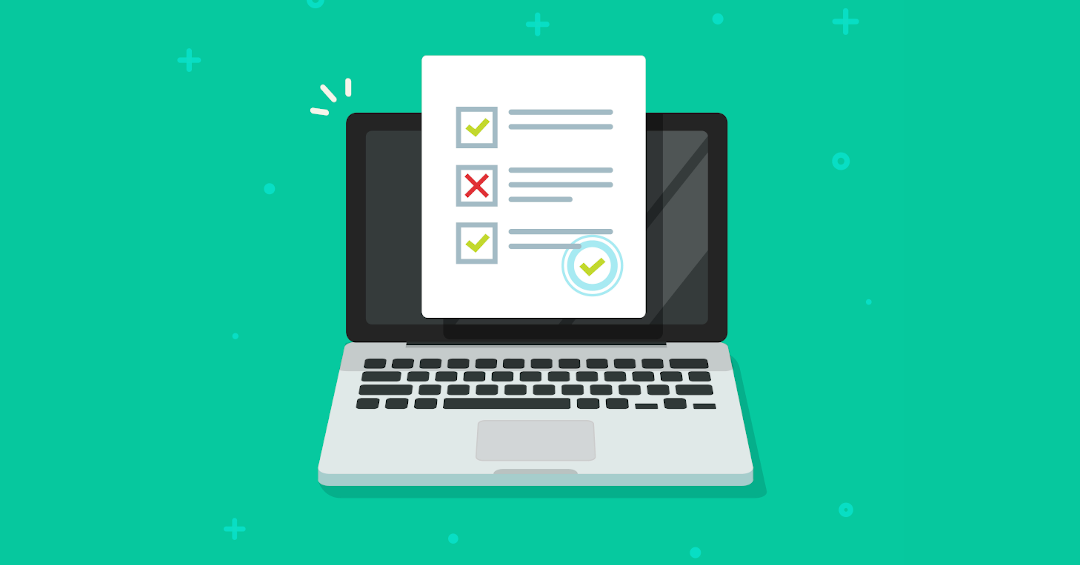
1) Check which services you want enabled
A great place to start when trying to improve performance of your computer is to look at what happens each time it starts up. Many applications will automatically start up and in some cases you do not need them but they can then impact your computers performance. To do this just do the following
If a service is already running clicking Disable will not stop it, it only stops the service starting up next time its start up. Either manually close applications you have disabled or reboot.
2) Check what you have got
Studies show that many settle for IT that under performs, which results in increased costs, productivity being lost, and diminished quality of work.
You competitors are always looking for technology that will give them an edge. If you’re not keeping up with the pace, they will have an edge on you.
If you have any first generation Windows 10 computers, or Windows 8.1 which you upgraded to Windows 10 it’s time to get an upgrade. While your staff are all away from the main office this makes it the perfect time to upgrade to ensure when everyone returns to work and can be really productive.
3) Get Up to date
It’s critical to stay on top of your updates. This means making sure your Windows 10 computer has all critical security patches and system fixes at any given time provided by Microsoft. The check updates status follow the below steps
A restart may be required for the install to be completed for some updates.
4) Optimise your hard disk
Windows 10 has a tool called Storage Sense. Find it at Settings > System > Storage and at the top of the page click the Storage Sense toggle from Off to On. By enabling this it will monitor and maximise what data is stored, automatically removing unneeded files and saving space.
5) Boost your memory with a USB
A final bottle neck that you can improve on your machine is when you are running multiple applications and there is limited memory available you can off load some of the processing to USB. This built in feature is called ReadyBoost. To use ReadyBoost, Microsoft says you’ll need a USB flash drive or a memory card with at least 500 MB free and a high speed data-transfer rate.
Windows will advise you if it the USB you have is suitable.
Drop us a message or give us a call and we will be in touch to help you gain a better understanding
Date: April 6, 2020
Author: Magnetar IT